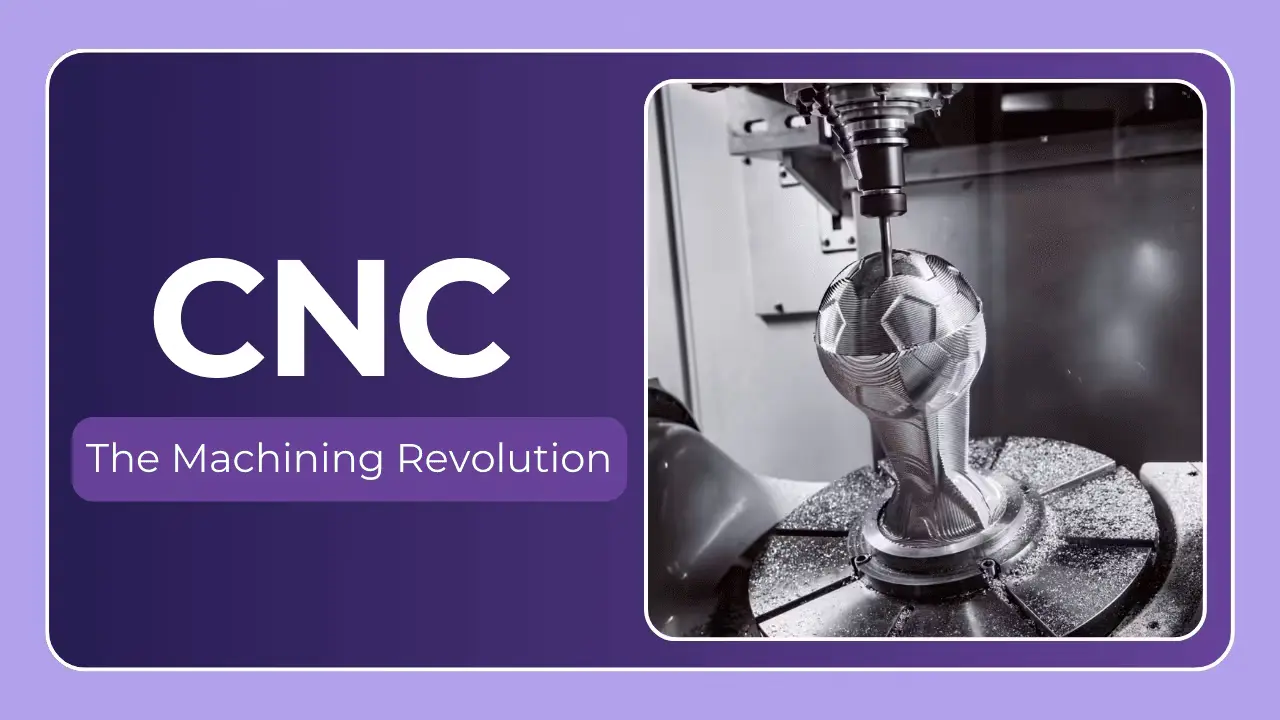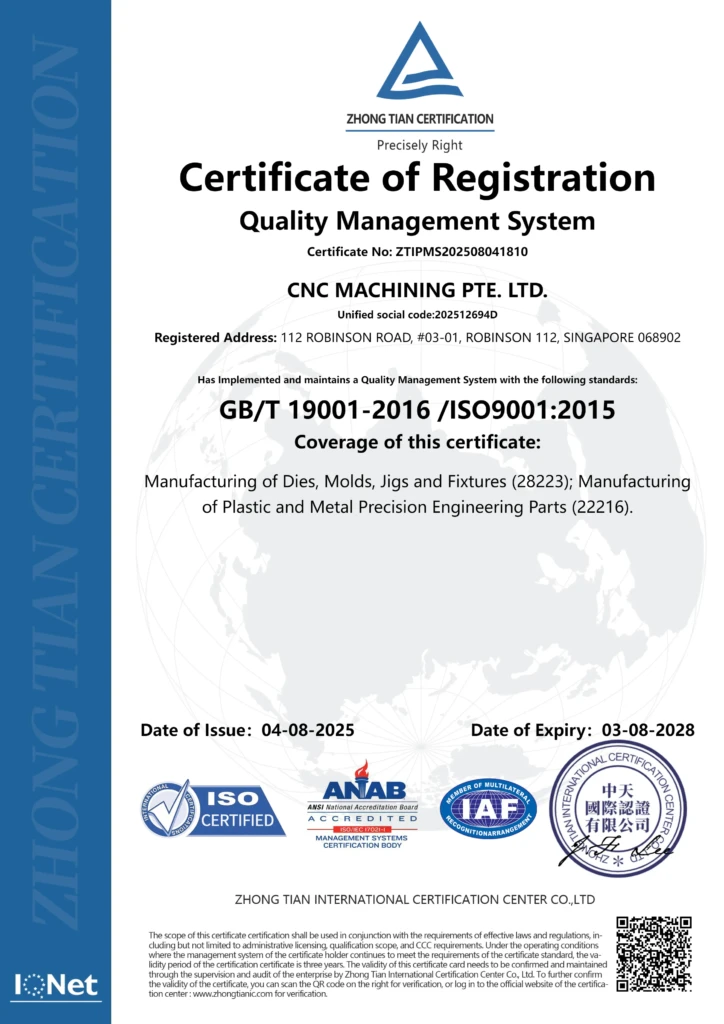From Idea to Reality: A Comprehensive Guide to Prototype CNC Machining
So, you’ve got a brilliant idea, a detailed design, and a burning need to hold a physical prototype in your hands. That’s fantastic! But translating a digital concept into a tangible part requires a precise and reliable manufacturing process. That’s where prototype CNC machining comes in. This guide will walk you through everything you need to know, from understanding the process to choosing the right materials and partners, ultimately empowering you to bring your innovation to life.
What is Prototype CNC Machining?
CNC (Computer Numerical Control) machining is a subtractive manufacturing process. This means material is removed from a solid block (the “workpiece”) using specialized cutting tools controlled by computer programs. Unlike traditional machining which relies on manual operation, CNC machining offers unparalleled precision, repeatability, and complexity – all critical for prototyping.
Prototype CNC machining specifically focuses on creating a limited number of parts, usually ranging from one to a few dozen, to validate designs, test functionality, and refine aesthetics before committing to mass production. It’s a vital step in product development, offering a cost-effective way to identify and resolve potential problems early on.
Why Choose CNC Machining for Your Prototypes?
While several prototyping methods exist (3D printing, injection molding, etc.), CNC machining boasts several key advantages:
- Material Versatility: CNC machining can work with a broad range of materials, including metals (aluminum, stainless steel, titanium, brass), plastics (ABS, polycarbonate, nylon), and even wood. This allows you to prototype using the final material intended for production, ensuring accurate performance testing.
- High Precision & Tight Tolerances: CNC machines deliver incredibly accurate results, capable of achieving tolerances down to +/- 0.001 inches (0.025mm). This precision is essential for functional prototypes where parts need to fit together perfectly or perform to specific requirements.
- Excellent Surface Finish: CNC machining produces parts with a superior surface finish compared to many other prototyping methods, minimizing the need for extensive post-processing.
- Mechanical Properties: Parts machined from solid materials exhibit superior strength, durability, and mechanical properties compared to additively manufactured parts, particularly important for load-bearing components.
- Low to Medium Volume Production Ready: CNC machining can easily scale from prototype to limited production runs, making it a smooth transition when you’re ready to move forward.
The CNC Machining Process: A Step-by-Step Breakdown
- Design & CAD Modeling: It all starts with a detailed 3D model of your part. This is typically created using Computer-Aided Design (CAD) software like SolidWorks, Fusion 360, or AutoCAD. Ensure your model is accurately dimensioned and includes all necessary features.
- CAM Programming: The CAD model is then imported into Computer-Aided Manufacturing (CAM) software. CAM software translates the design into machine-readable code (G-code) which instructs the CNC machine on how to cut the material. This involves defining toolpaths, cutting speeds, feeds, and other crucial parameters.
- Material Selection: Choosing the right material is vital. Consider the part’s intended function, operating environment, and desired mechanical properties. (See "Choosing the Right Material" below).
- Setup & Fixturing: The raw material (workpiece) is securely mounted onto the CNC machine’s table using a fixture. Proper fixturing is critical to ensure accurate and stable machining.
- Machining: The CNC machine executes the G-code, moving the cutting tools along pre-defined paths to remove material and create the desired shape. This may involve multiple tool changes and machining operations (facing, milling, drilling, turning, etc.).
- Post-Processing: Once the machining is complete, the part may require post-processing. Common operations include deburring, polishing, anodizing, painting, heat treatment, or thread insertion.
- Quality Control: A thorough inspection is performed to verify that the part meets the specified dimensions, tolerances, and surface finish requirements. This often involves using precision measuring instruments like calipers, micrometers, and CMMs (Coordinate Measuring Machines).
Choosing the Right Material
| Material | Common Applications | Pros | Cons | Cost (Relative) |
|---|---|---|---|---|
| Aluminum (6061-T6) | Brackets, housings, fixtures | Lightweight, strong, corrosion resistant, machinable | Lower strength than steel | Low-Medium |
| Stainless Steel (304/316) | Medical devices, food processing, marine applications | Corrosion resistant, durable, hygienic | More difficult to machine than aluminum | Medium |
| Titanium (Grade 5) | Aerospace, medical implants, high-performance parts | Exceptional strength-to-weight ratio, corrosion resistant, biocompatible | Very expensive, challenging to machine | High |
| ABS Plastic | Enclosures, housings, cosmetic parts | Low cost, impact resistant, good dimensional stability | Lower strength and temperature resistance than metals | Very Low |
| Polycarbonate (PC) | Transparent parts, impact resistant housings | High impact resistance, clear, high temperature resistance | Prone to scratching, more expensive than ABS | Medium |
| Nylon (PA66) | Gears, bearings, wear-resistant components | High strength, wear resistance, self-lubricating | Absorbs moisture, can warp | Medium |
Understanding CNC Machining Techniques
- Milling: Uses rotating cutting tools to remove material from a workpiece. Common for creating complex shapes and features. Includes 3-axis, 4-axis, and 5-axis milling for increased complexity.
- Turning: Rotates the workpiece while a cutting tool removes material. Ideal for creating cylindrical shapes.
- Drilling: Creates holes in the workpiece.
- Tapping: Creates internal threads within holes.
- EDM (Electrical Discharge Machining): Uses electrical sparks to remove material. Suitable for creating intricate shapes and machining hardened materials.
Factors Affecting Cost & Lead Time
- Material: The cost of the raw material significantly impacts the overall cost.
- Part Complexity: More complex geometries and tighter tolerances require more machining time and skilled programming, increasing the cost.
- Quantity: While focused on prototyping, larger quantities (even within the prototype range) can benefit from economies of scale.
- Material Thickness: Thicker materials require more machining time.
- Post-Processing Requirements: Additional finishing processes add to the cost and lead time.
- Machine Setup: Setting up the machine for each new part takes time and resources.
Finding the Right CNC Machining Partner (Like CNC MACHINING PTE. LTD.)
Choosing the right manufacturing partner is crucial. Look for a company that:
- Experience & Expertise: Proven track record in CNC machining and experience with your specific materials and applications.
- Capabilities: Possesses the necessary equipment and software to meet your project requirements (e.g., 5-axis machining). CNC MACHINING PTE. LTD excels in this area with their advanced five-axis CNC machining equipment.
- Quality Control: Implements robust quality control procedures to ensure parts meet your specifications.
- Communication & Responsiveness: Provides clear and timely communication throughout the entire process.
- Competitive Pricing: Offers transparent and competitive pricing without compromising on quality.
- One-Stop Services: Provides post-processing and finishing services to streamline the process. CNC MACHINING PTE. LTD offers this convenience, saving you valuable time and effort.
Conclusion
Prototype CNC machining is a powerful tool for bringing your innovative ideas to life. By understanding the process, selecting the right materials, and partnering with a reputable service provider like CNC MACHINING PTE. LTD, you can efficiently and cost-effectively create high-quality prototypes that validate your designs and pave the way for successful product development. Don’t hesitate to leverage the capabilities of precision machining to accelerate your innovation journey and gain a competitive edge.
Ready to turn your designs into reality? Customize your precision parts now at the best price with CNC MACHINING PTE. LTD!




